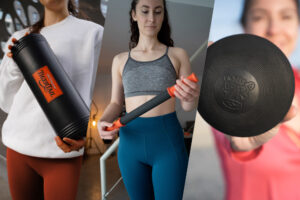
Free Shipping on $50+
We all know exercise is crucial for a healthy body. It strengthens muscles, improves cardiovascular health, and boosts our mood. But just like anything else, too much of a good thing can be detrimental. Pushing your body too hard without adequate rest can lead to overuse injuries, hindering your progress and causing unnecessary pain.
So, how do we find that sweet spot between pushing our limits, and allowing our muscles to recover? Let’s dive into the delicate balance between “no pain, no gain” and “resting and recovering”.

Overuse injuries, also known as repetitive strain injuries, occur when muscles, tendons, or ligaments are subjected to repetitive stress without allowing adequate time for healing. These injuries often develop gradually and manifest as pain, inflammation, and reduced range of motion. Common examples include:
To prevent overuse injuries, it’s essential to incorporate adequate rest and recovery into your fitness routine. Here are some key principles to follow:
Muscle knots, or trigger points, are tight, contracted areas within a muscle that can cause pain and discomfort. They often develop due to overuse, poor posture, or stress.
Common types of muscle knots include:

Muscle knots in the neck and upper back can trigger headaches and pain in the head and neck area. These knots might also cause discomfort behind or over the eye, at the top of the head, or along its sides.
Common causes include:
Ergonomic Adjustments:
Stress Management:
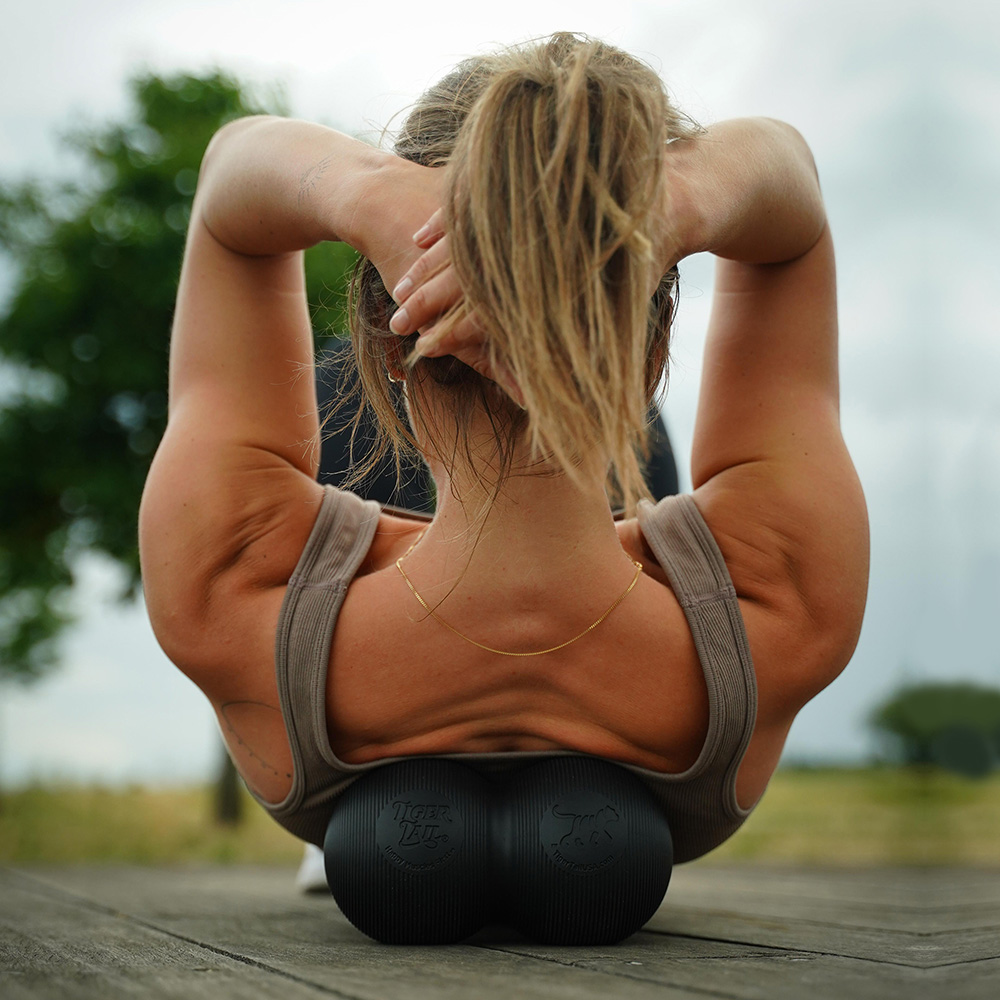
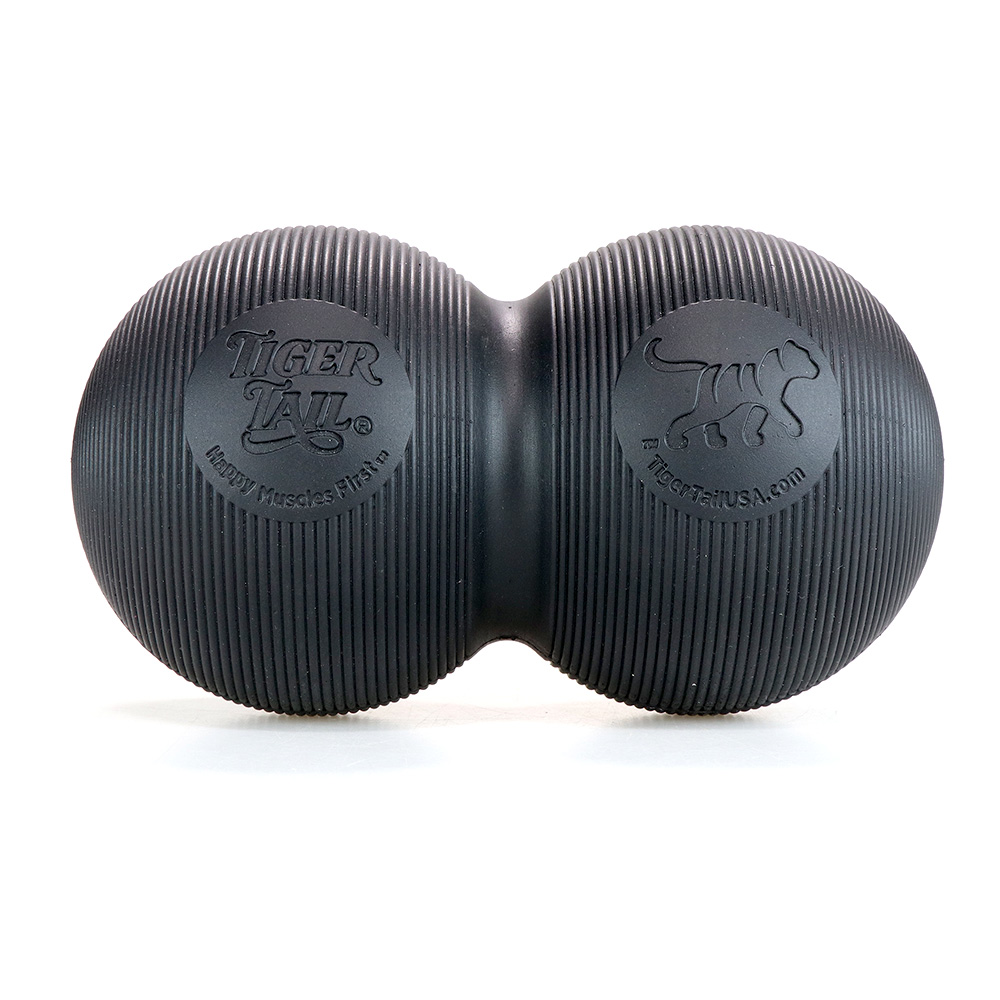
Tiger Tail 4.4 Peanut – Zen relief for releasing tension in the neck and fabulous for the spine Tiger Ball® 4.4 Peanut Foam Roller | Tiger Tail USA
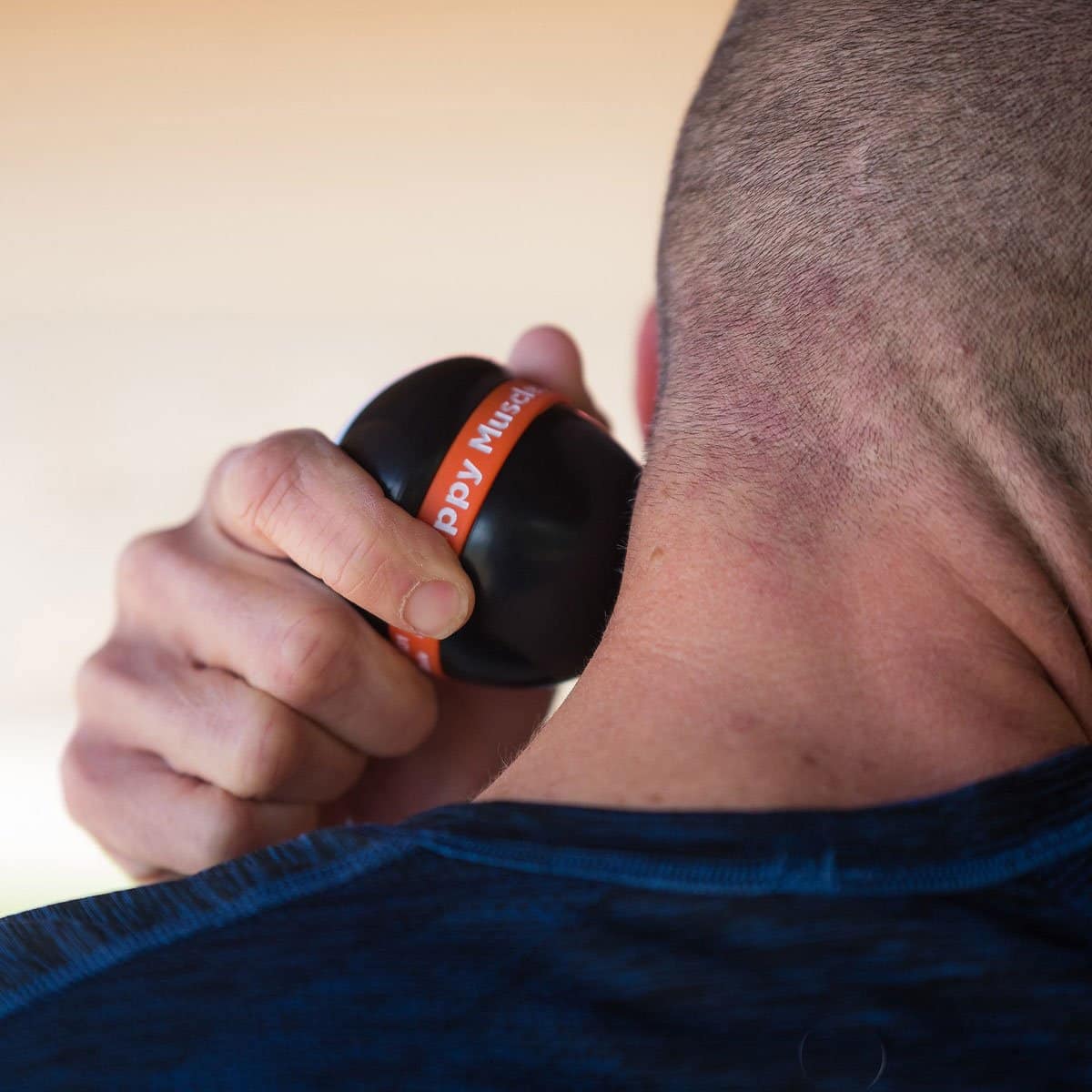

Knotty Tiger – a handheld massager, perfect for neck tightness. Knotty Tiger® | Tiger Tail USA
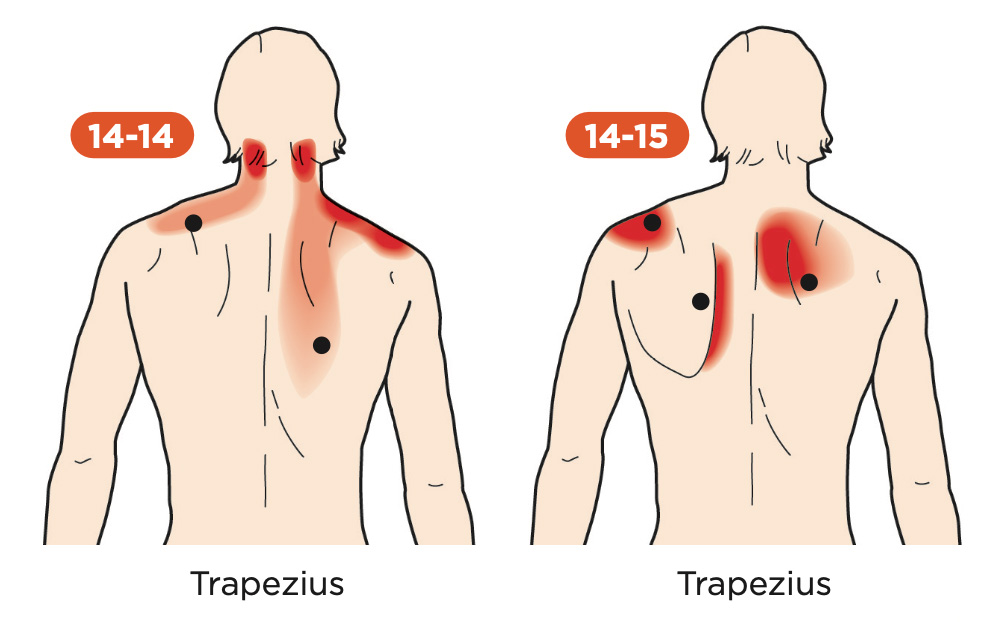
Shoulder pain is caused by several different muscles that attach directly to the shoulder blade. Knots in the shoulder blade can refer to pain locally around the shoulder blade and to the front of the shoulder, while other muscle knots can refer to pain in the shoulder and other body parts.
Common causes:
Regular Movement and Stretching:
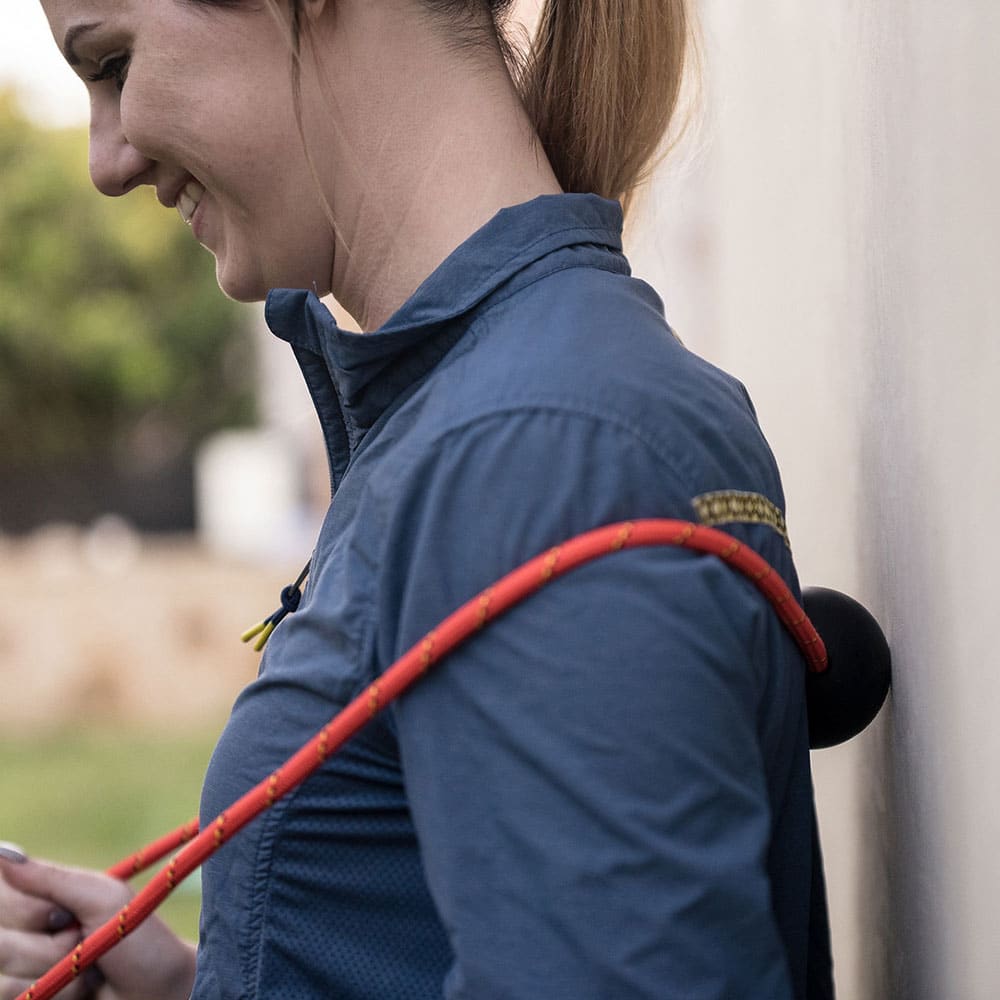
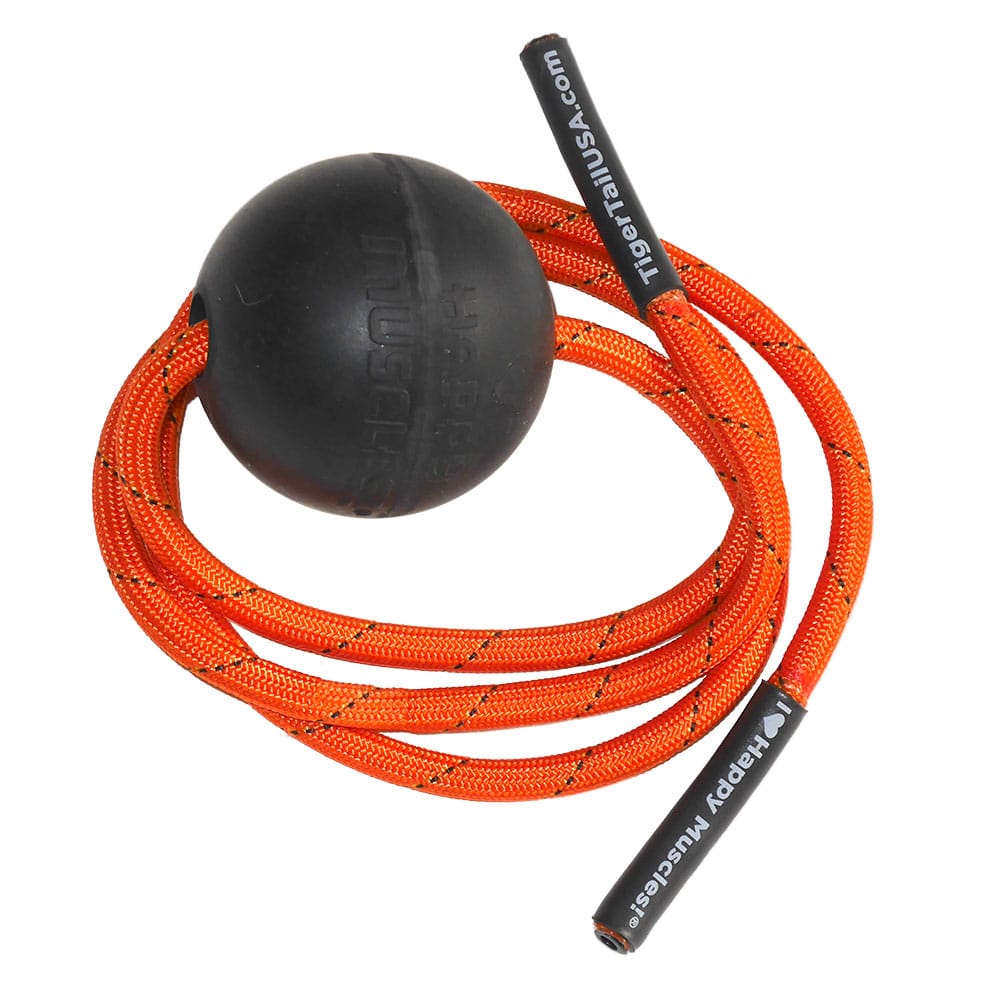
The Tiger Ball® 2.6 Massage-on-a-Rope® to release muscle knots between the shoulder blades. Tiger Ball® 2.6 Massage-on-a-Rope® | Tiger Tail USA

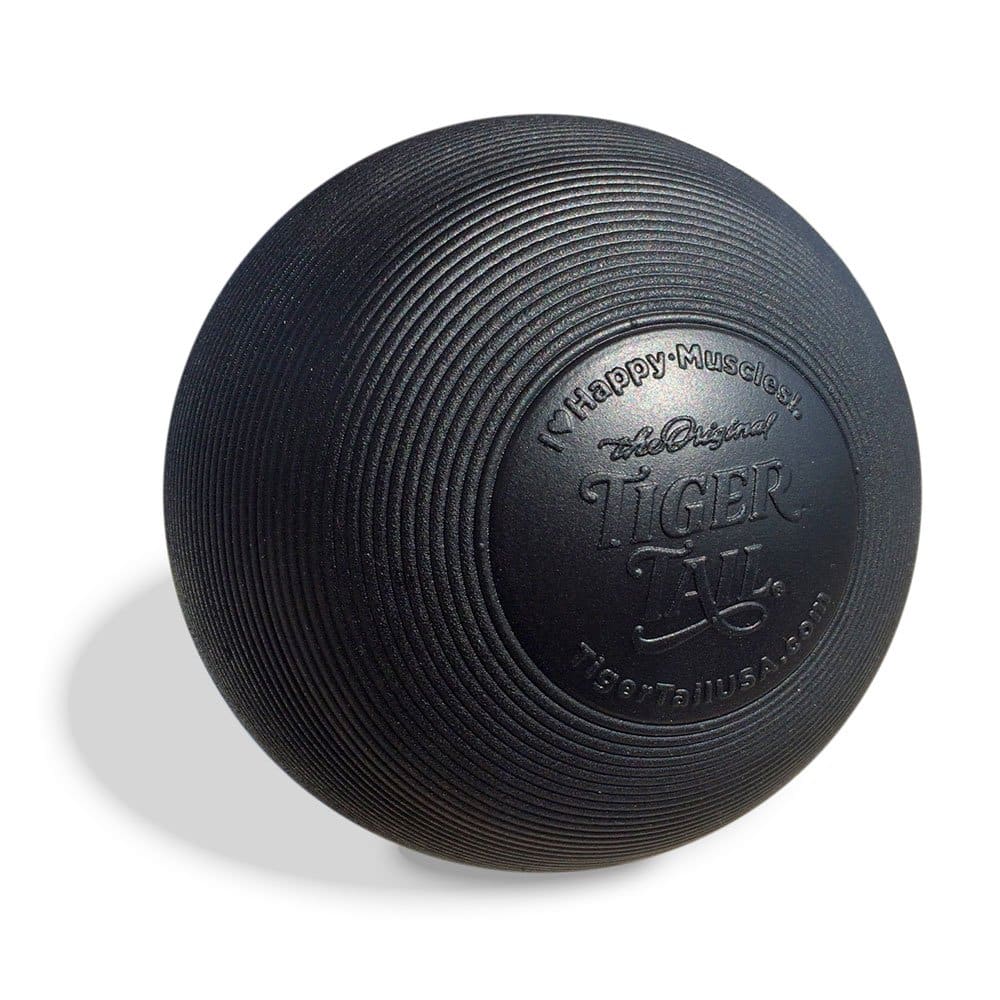
The Tiger Ball 5.0 for deep muscle massage – use against the wall or on the floor. Tiger Ball® 5.0 | Tiger Tail USA

The quadriceps are the muscles located on the front of the thigh. Four different muscles make up this muscle group. These muscles allow for hip flexion and straightening or extending the knee. Muscle knots in these muscles can cause pain in all areas of the knee and within the belly of each quadriceps muscle. Muscle knots in the outside of the quadriceps muscle can mimic IT Band pain and pain on the outside of the knee. Muscle knots in the middle quadriceps muscle can cause pain in the front of the thigh and around the kneecap. Muscle knots in the inner quadriceps muscle can cause pain in the inside of the thigh and the inside of the knee.
Common causes:
Acupressure
Proper Warm-up and Cool-down
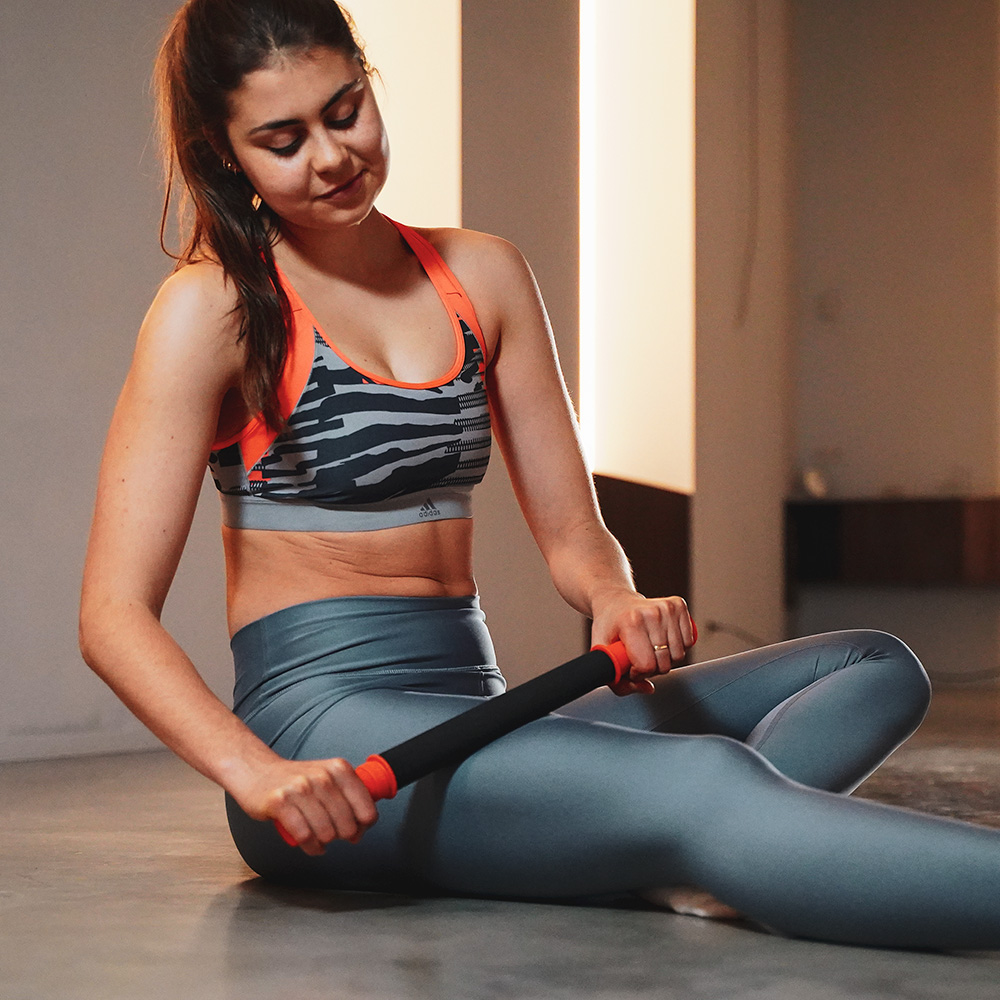
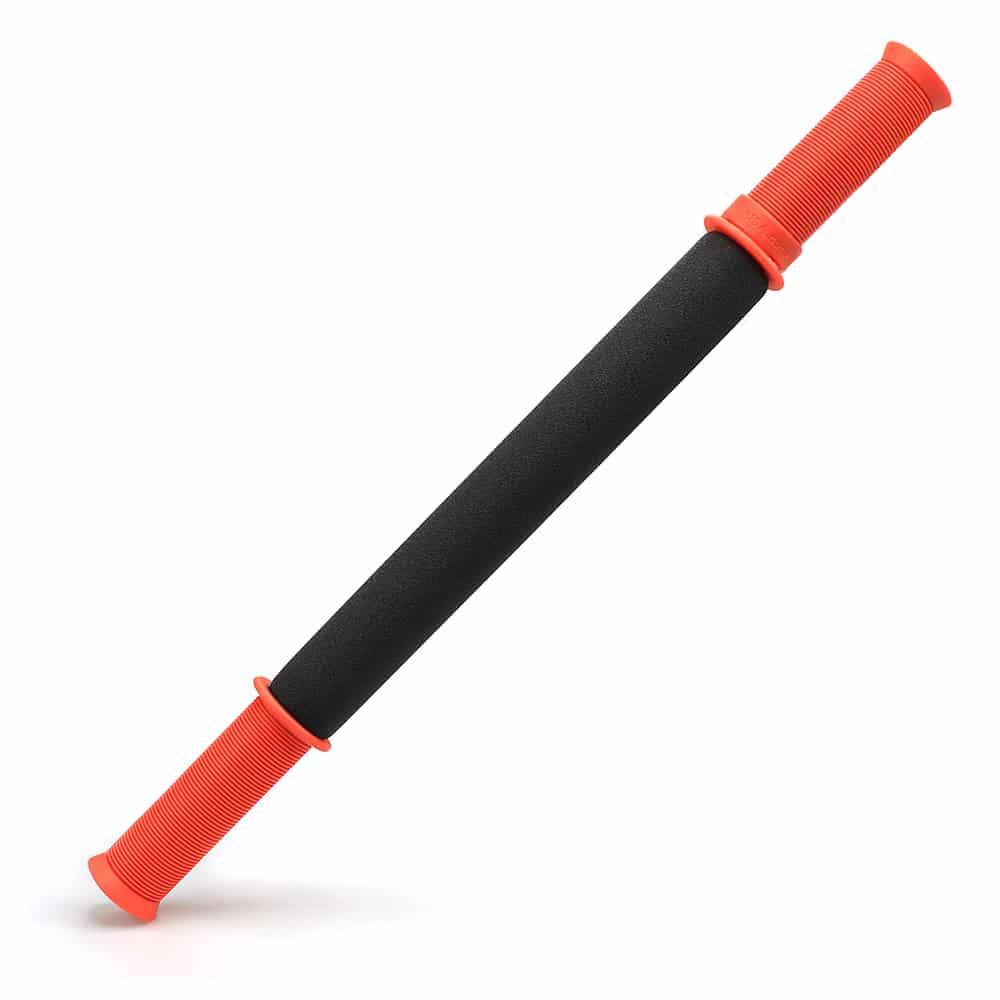
Handheld rolling with The Original 18” Tiger Tail to apply targeted pressure along the quadriceps. Foam Roller Massage Stick (18″) | Muscle Pain Relief | Tiger Tail USA
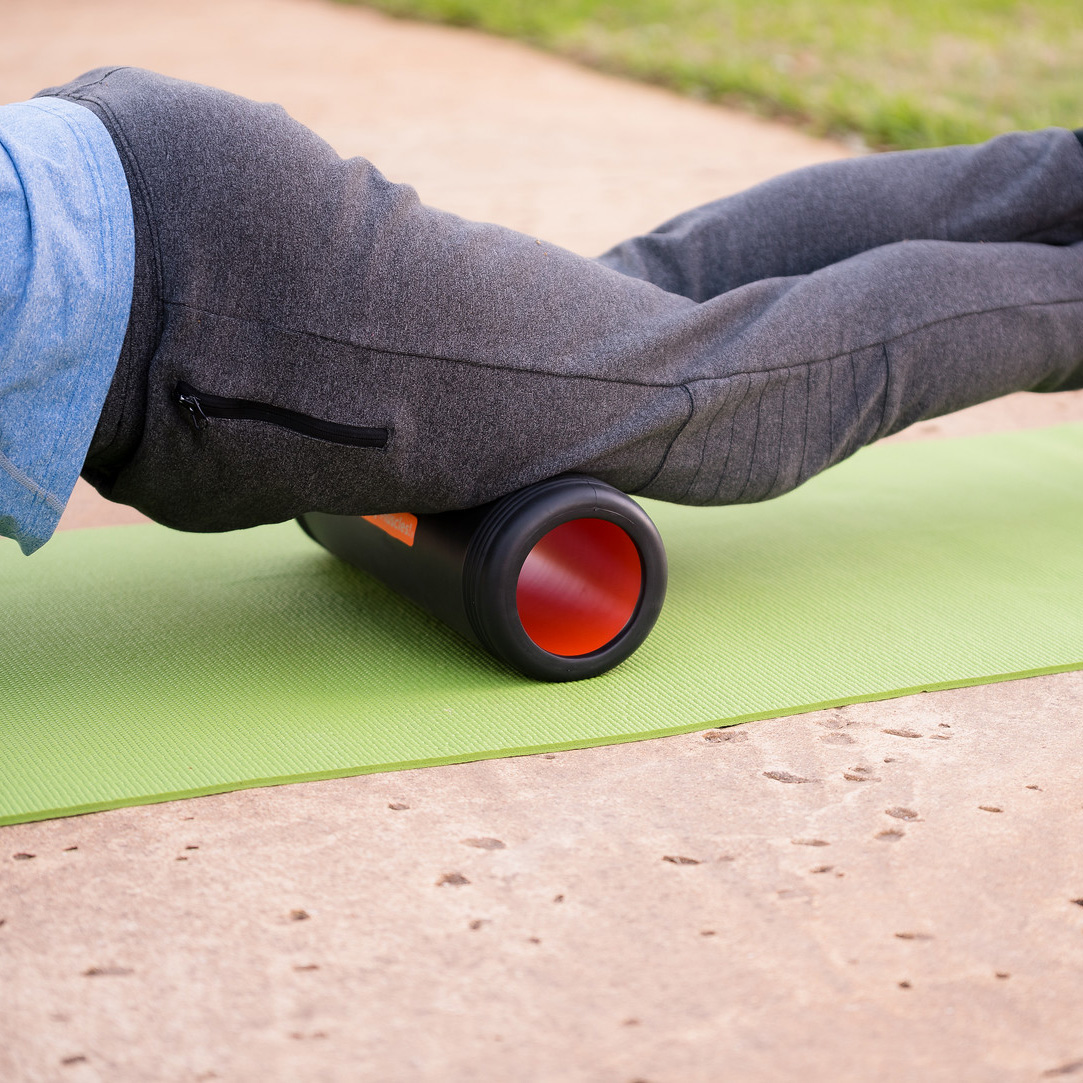

Floor rolling with The Big One for deep muscle massage on large muscle groups. The Big One™ | Tiger Tail USA
Tiger Tail offers a range of hand-held foam rollers and other tools designed to target muscle knots and release tension.
Finding the right balance between rest and exercise is crucial for maintaining optimal muscle health and preventing overuse injuries. You can ensure your muscles stay healthy, strong, and pain-free by listening to your body, incorporating variety into your workouts, prioritizing sleep and nutrition, and utilizing tools like Tiger Tail foam rollers. Consistency and moderation are key to achieving your fitness goals without compromising your well-being.
MacLennan, M., Ramirez-Campillo, R., & Byrne, P. J. (2023). Self-massage techniques for managing pain and mobility with application to resistance training: A brief review. Journal of Strength and Conditioning Research, 37(11), 2314-2323. https://doi.org/10.1519/JSC.0000000000004575
For more information on our excellent tools and programming:
Website: www.tigertailusa.com
Email: [email protected]
Disclaimer: This information is for general knowledge and informational purposes only and does not constitute medical advice. Consult a healthcare professional before starting any new exercise program.
Stay Up-to-Date!

Dr. Julie Zuleger has over 20 years of experience as a Licensed Massage Therapist, Certified Strength and Conditioning Specialist (CSCS), Corrective Exercise Specialist, RYT-500 Yoga Instructor, and Human Movement Specialist. Julie promotes self-care using massage tools and stretching-based programs and teaches continuing education courses for yoga teachers, massage therapists, athletic trainers, strength and conditioning, fitness, and wellness professionals. Julie holds a PhD in Education and is the Director of Kinesiology and Education at Tiger Tail USA.